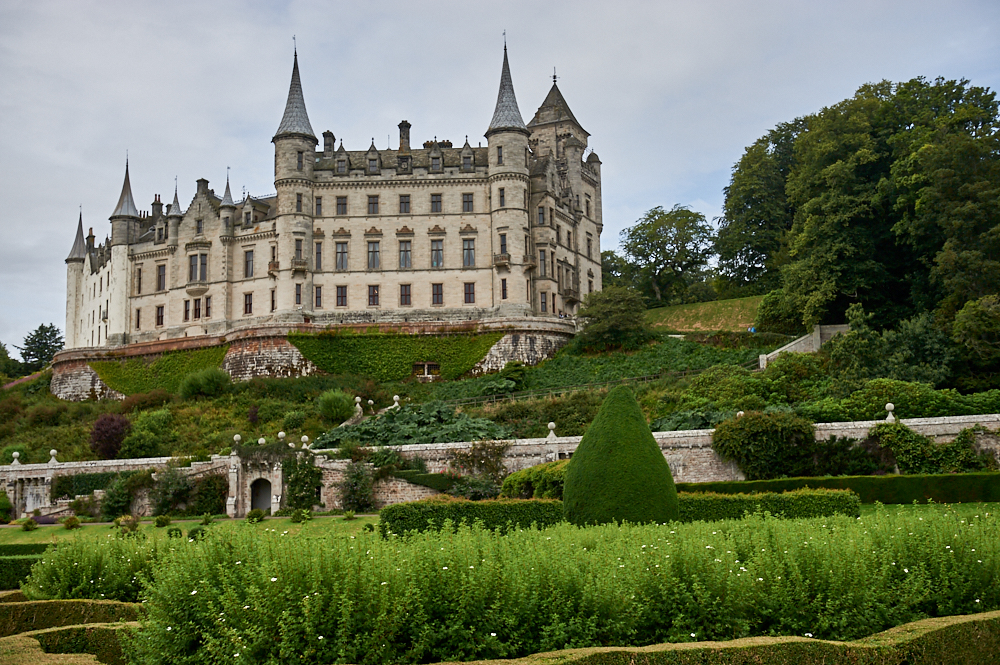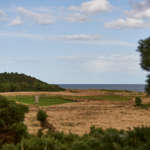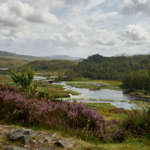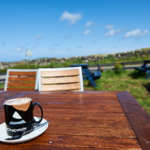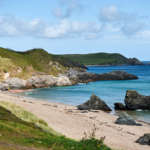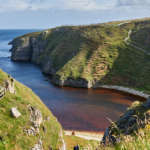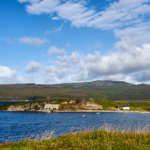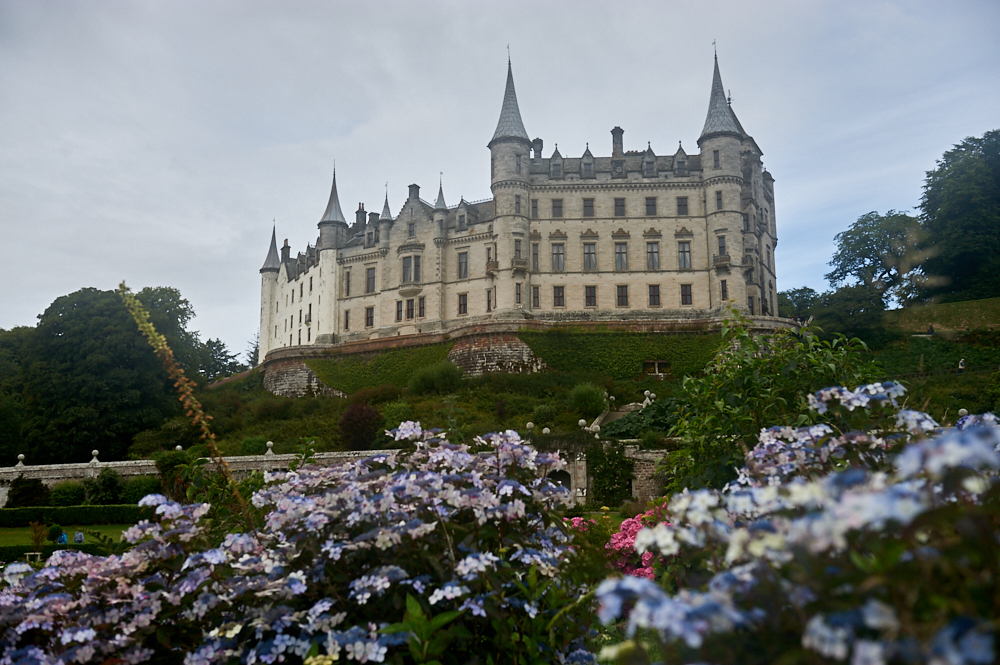
Like a castle straight out of a fairytale, Dunrobin Castle sits on the Northeast coast of Scotland overlooking Dornoch Firth. It is the stately home of the Earl of Sutherland and the Clan Sutherland.
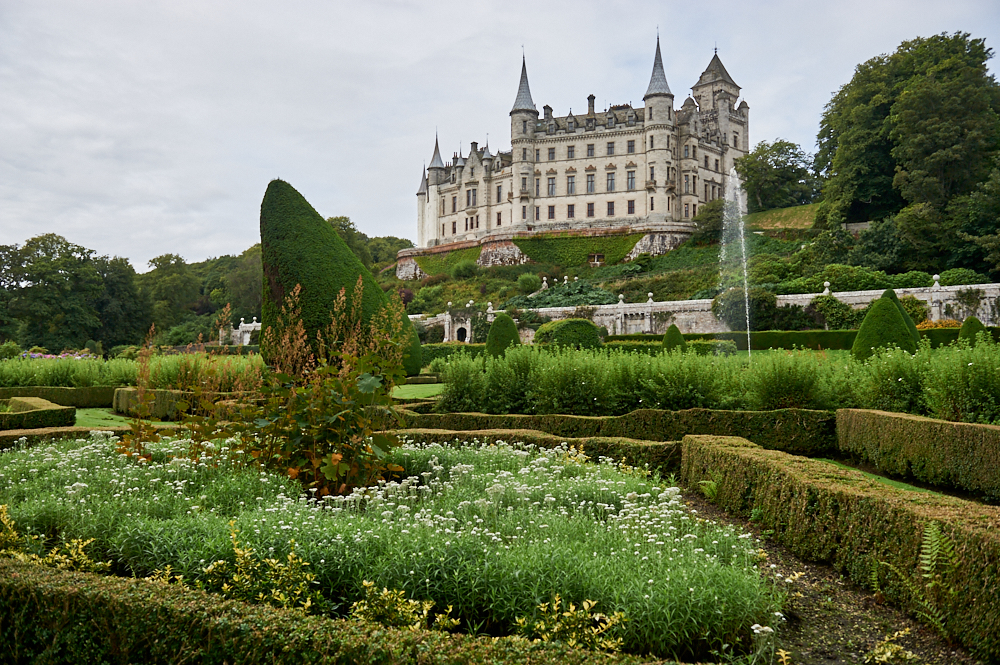
I had left Hopeman in the morning and was driving up north to my “Hut at the End of the Road” near Tongue. But there was so much to see along the way! My first stop was at Dunrobin Castle, it really does look straight out of a fairytale, including the pipe player playing at the entrance.
Dunrobin Castle is the most northerly of Scotland’s great houses and the largest in the Northern Highlands with 189 rooms. Dunrobin Castle is also one of Britain’s oldest continuously inhabited houses dating back to the early 1300s, home to the Earls and later, the Dukes of Sutherland. (Visit Scotland)
Resembling a French chateâu the design was influenced by Sir Charles Barry, who designed the Houses of Parliament in London and by Scotland’s own Sir Robert Lorimer.
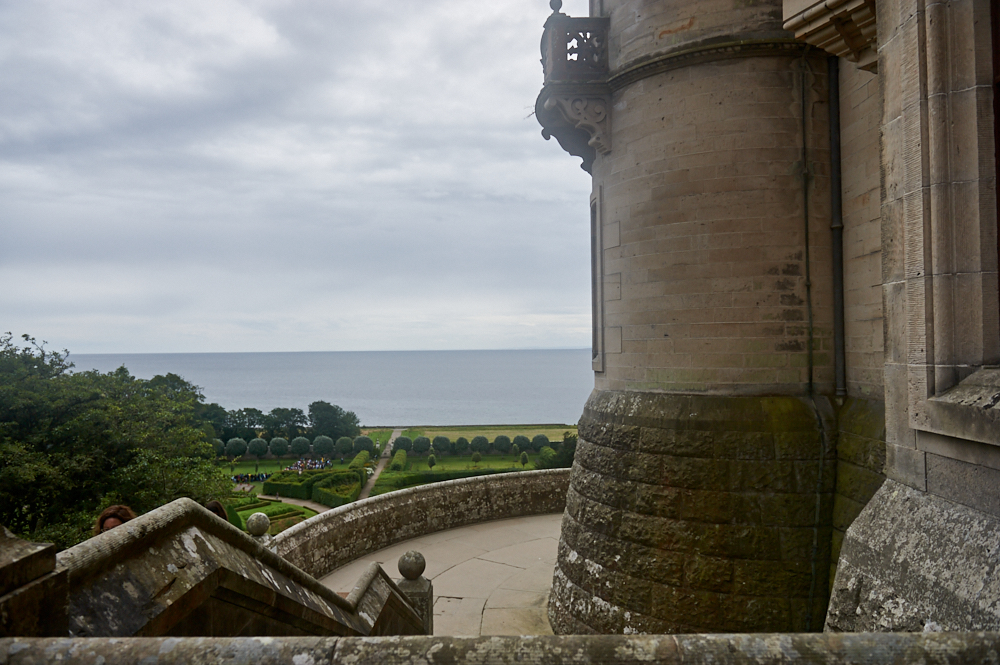
Inside Dunrobin Castle, I was greeted by a cosy fire and an impressive staircase leading up to the open rooms. The rooms are all beautifully decorated and give a glimpse into how it must have been to live in the castle. From the inside, there are stunning views over the garden and the sea.
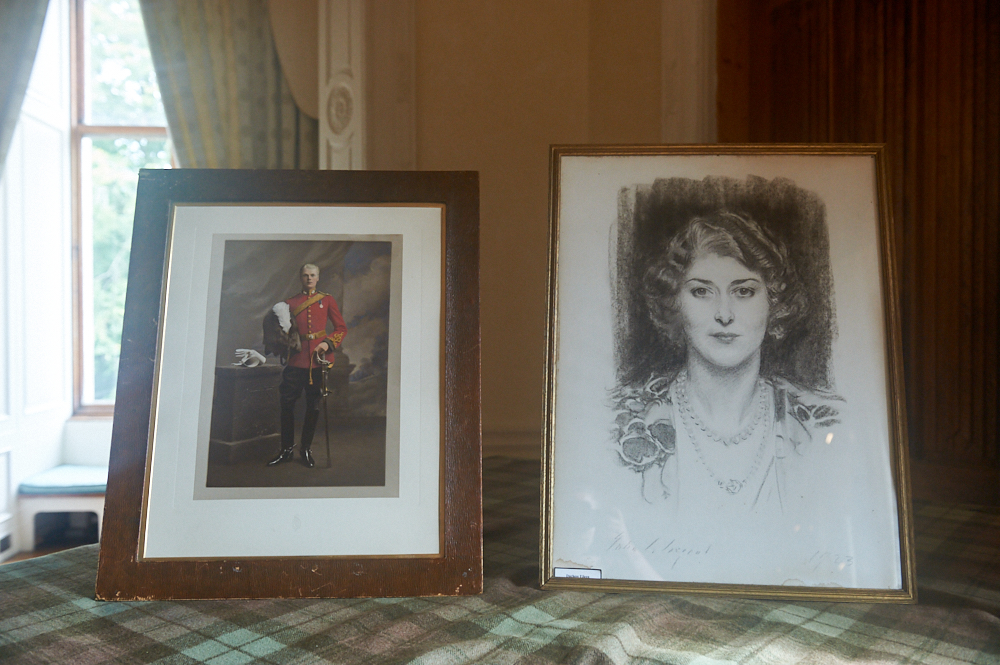
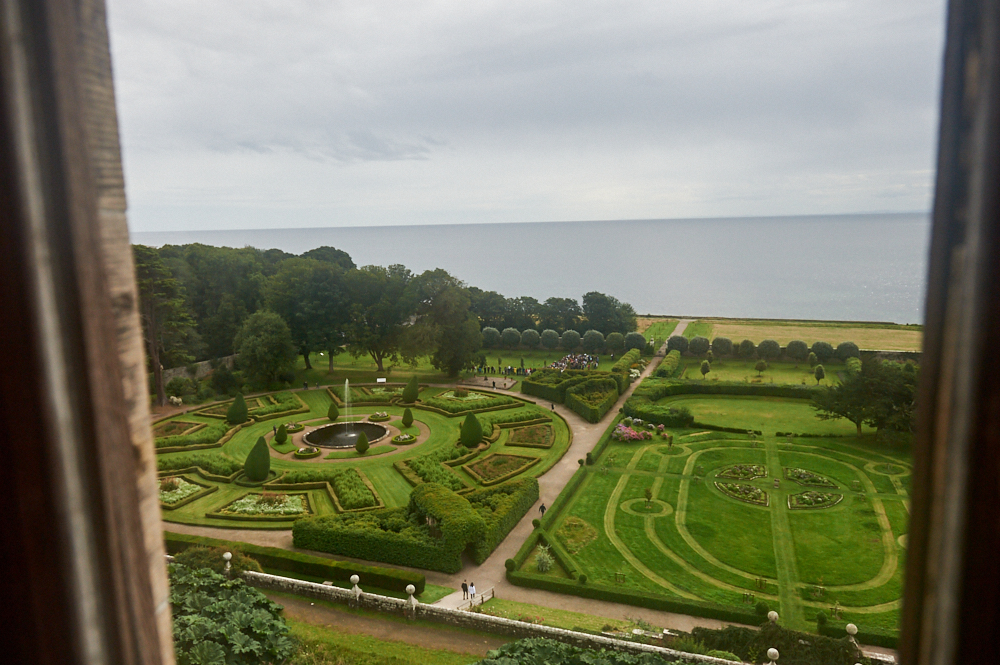
The tour starts with grand public rooms like the breakfast room and the library and then gets into the smaller and more private ones like the Lady´s Room and the nursery.
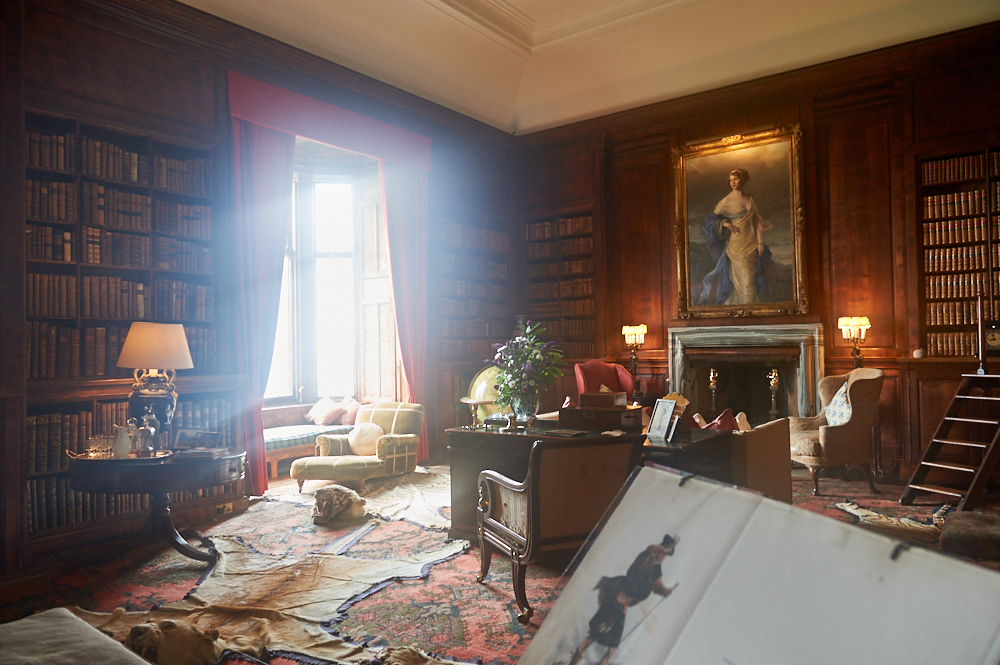
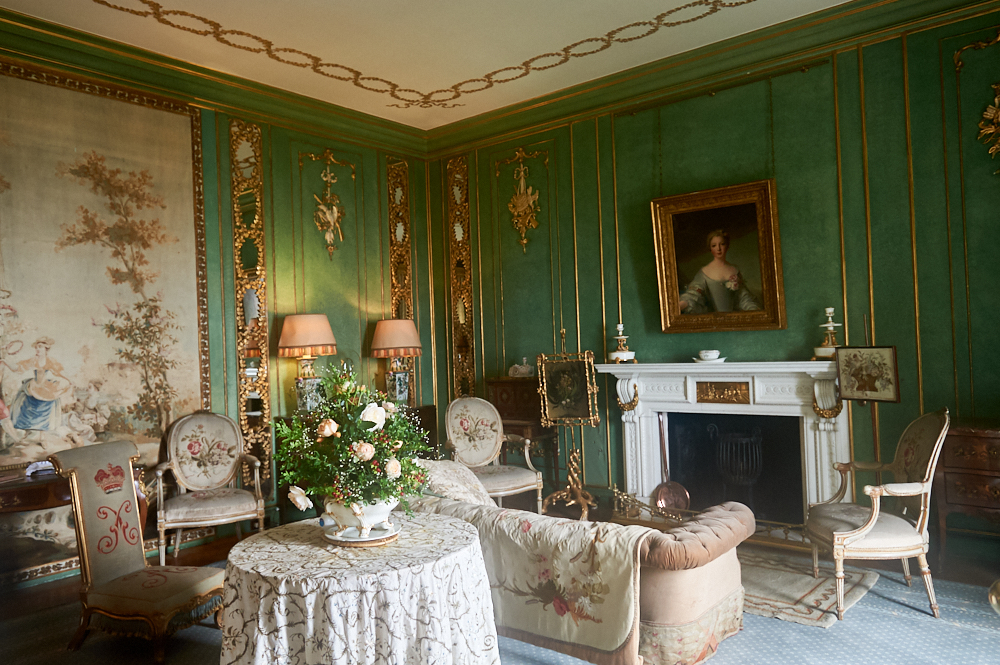
Lady´s Sitting room

Day Nursery
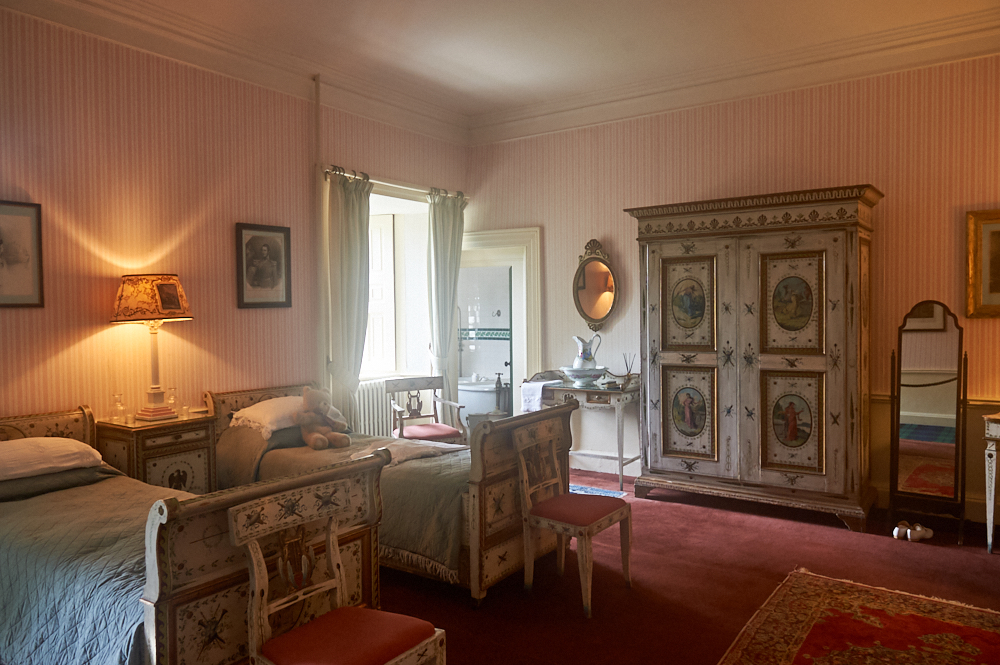
Night Nursery
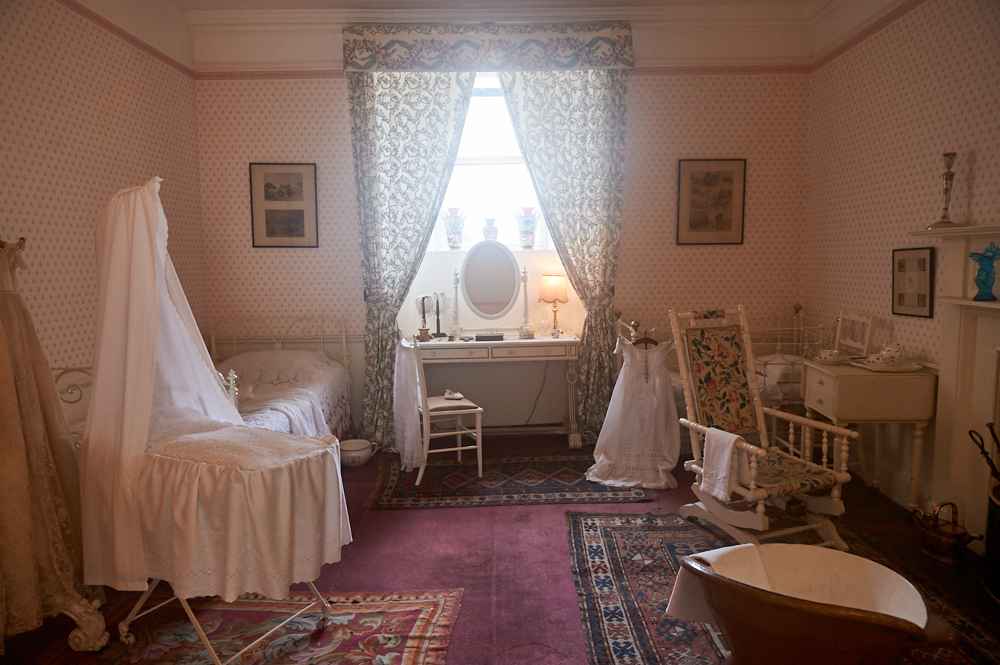
Nanny´s Room
The History of Dunrobin Castle
Scottish castles evolve over time, and so did Dunrobin Castle, but in a slightly unusual way.
Dunrobin followed the “extend and expand” route, but it did so in a way that must be unique. Here the castle had added to it a series of extensions which effectively grew out in a way that wrapped around the original keep, completely concealing it from exterior view. Today the structure of the keep can only be glimpsed from an internal courtyard. (Undiscovered Scotland)
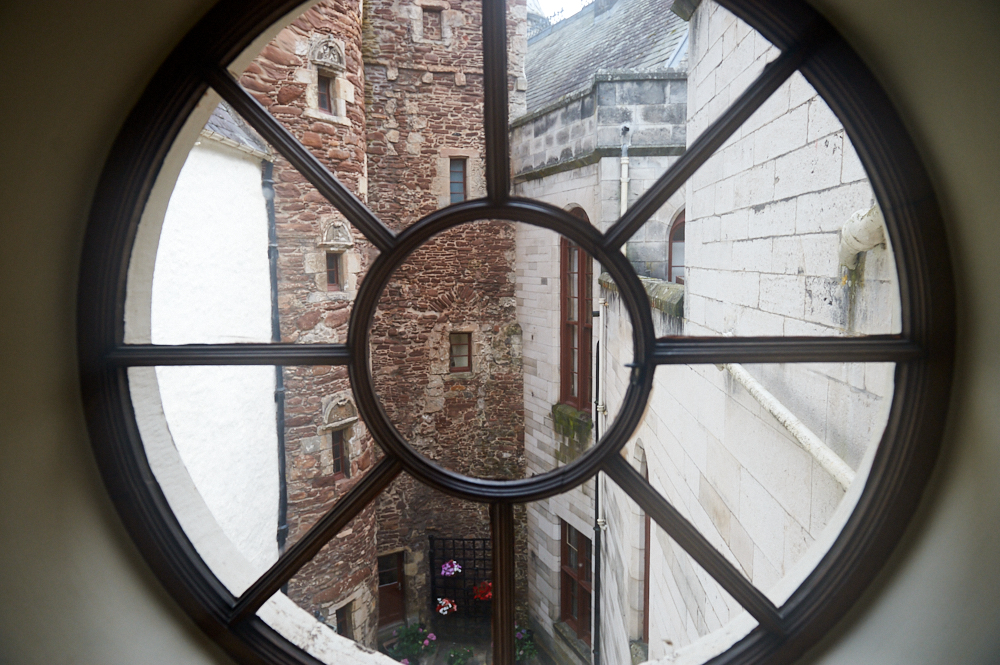
Dunrobin Castle was first mentioned in writing in 1401 as the stronghold of the Sutherlands.
The oldest parts still standing were probably built in the late 1300s and the name seems to come from Dun Robin, or “The Castle of Robin”, after Robert, 6th Earl of Sutherland. (Undiscovered Scotland)
The first major extension happened between 1641 and 1644 done by the 14th Earl of Sutherland. Two ranges of a mansion wrapped around the north and west sides of a courtyard.
In 1766 the one-year-old daughter of the 18th Earl Elizabeth became the 19th Countess of Sutherland. In 1785 she married George Leveson-Gower who became 2nd Marquess of Stafford in 1803 and inherited valuable estates. Together they oversaw the remodelling of Dunrobin Castle. A new south range was built and everything was upgraded.
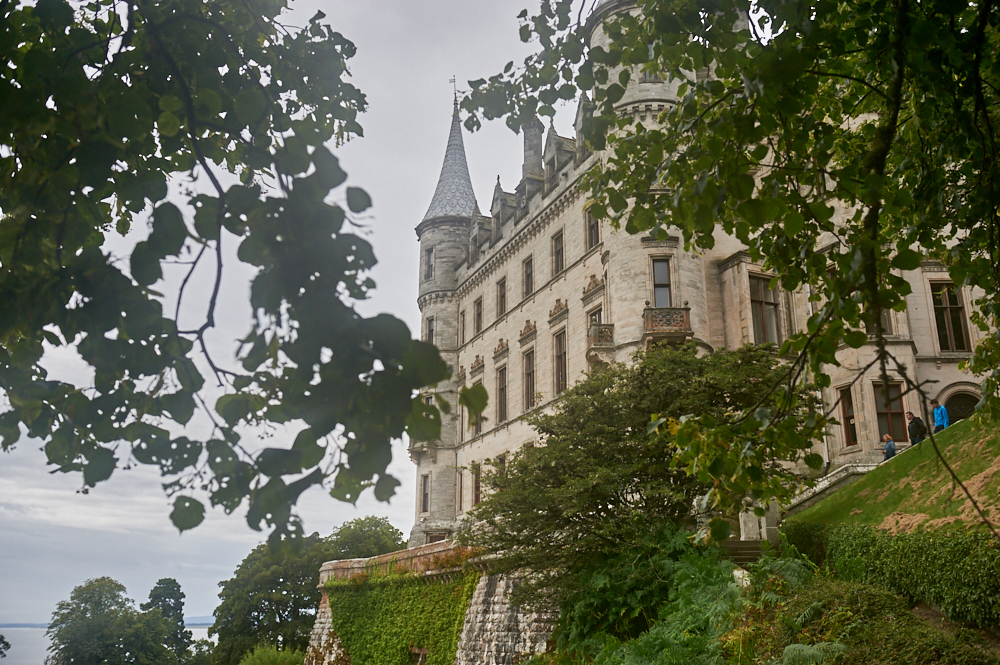
Like other landlords the Sutherlands, many people on their estates were “cleared” from the land between 1811 and 1821 for “agricultural improvement”. It was the time of the controversial Highland Clearances when thousands were shipped to Canada and America and had to start new lives.
After her husband’s death in 1833 Elizabeth extended Dunrobin Castle further, building a new north-west wing. Her heir, the 2nd Duke of Sutherland had eight children who were probably one of the factors that led to the massive extension to the castle.
He commissioned the architect Sir Charles Barry to produce initial designs for a chateau which turned out to be too large for the site, and work began in 1845 on a final plan which was partly the work of Barry and partly produced by the 2nd Duke himself. (Undiscovered Scotland)
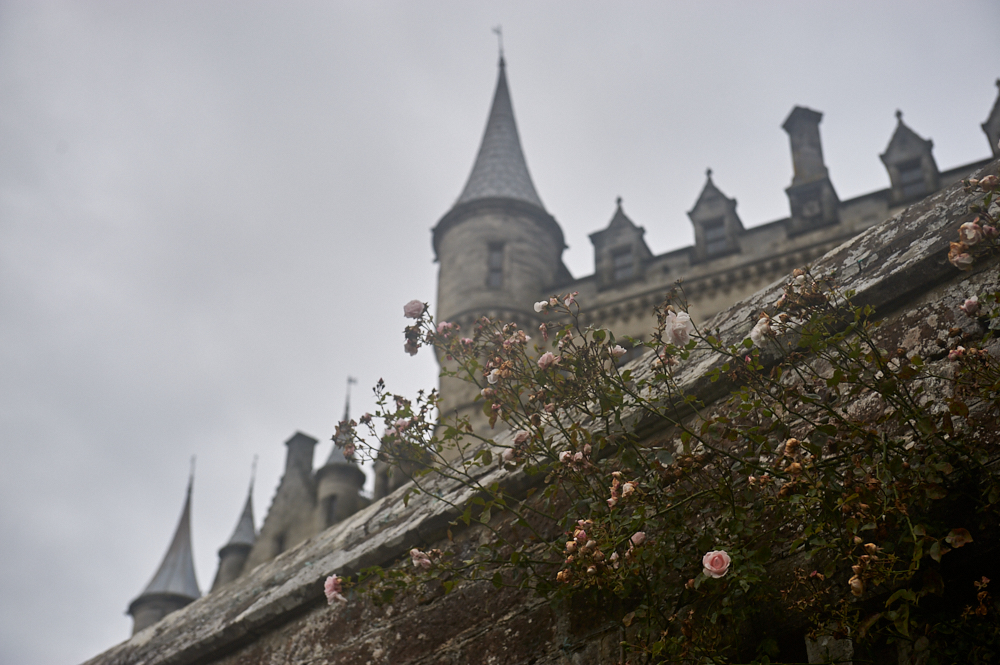
During World War I Dunrobin Castle was used as a naval hospital. In 1915 a fire damaged parts of the castle but was extinguished by a naval crew. Scottish Architect Sir Robert Lorimer oversaw the repairs and made some major changes to the interior and the main tower.
From 1965 to 1972 Dunrobin Castle was used a boys´ boarding school.
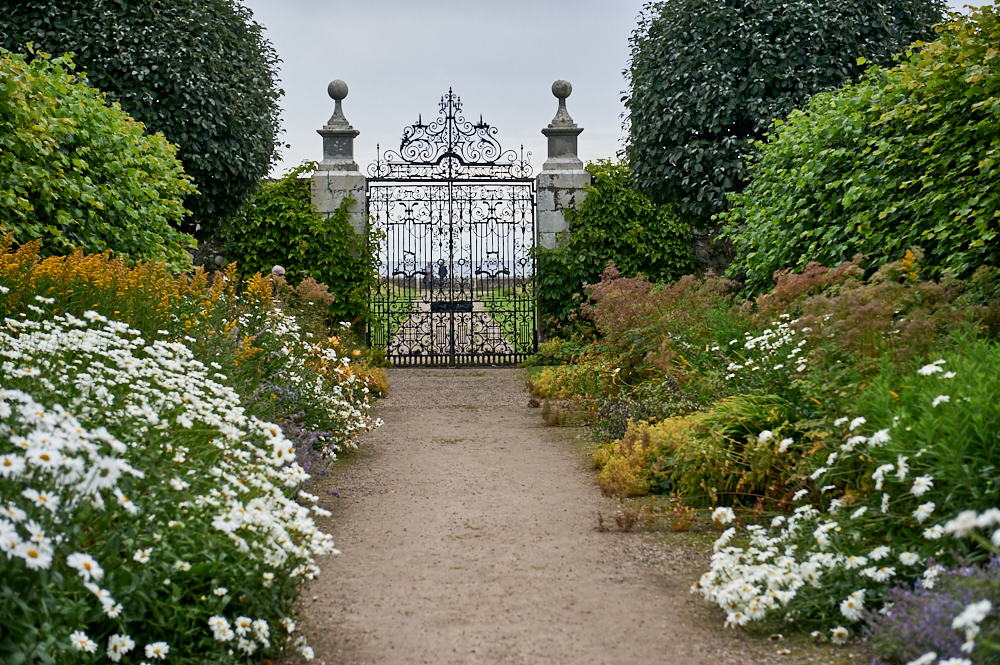
The beautiful gardens were modelled after the gardens in Versaille, completed in 1850.
